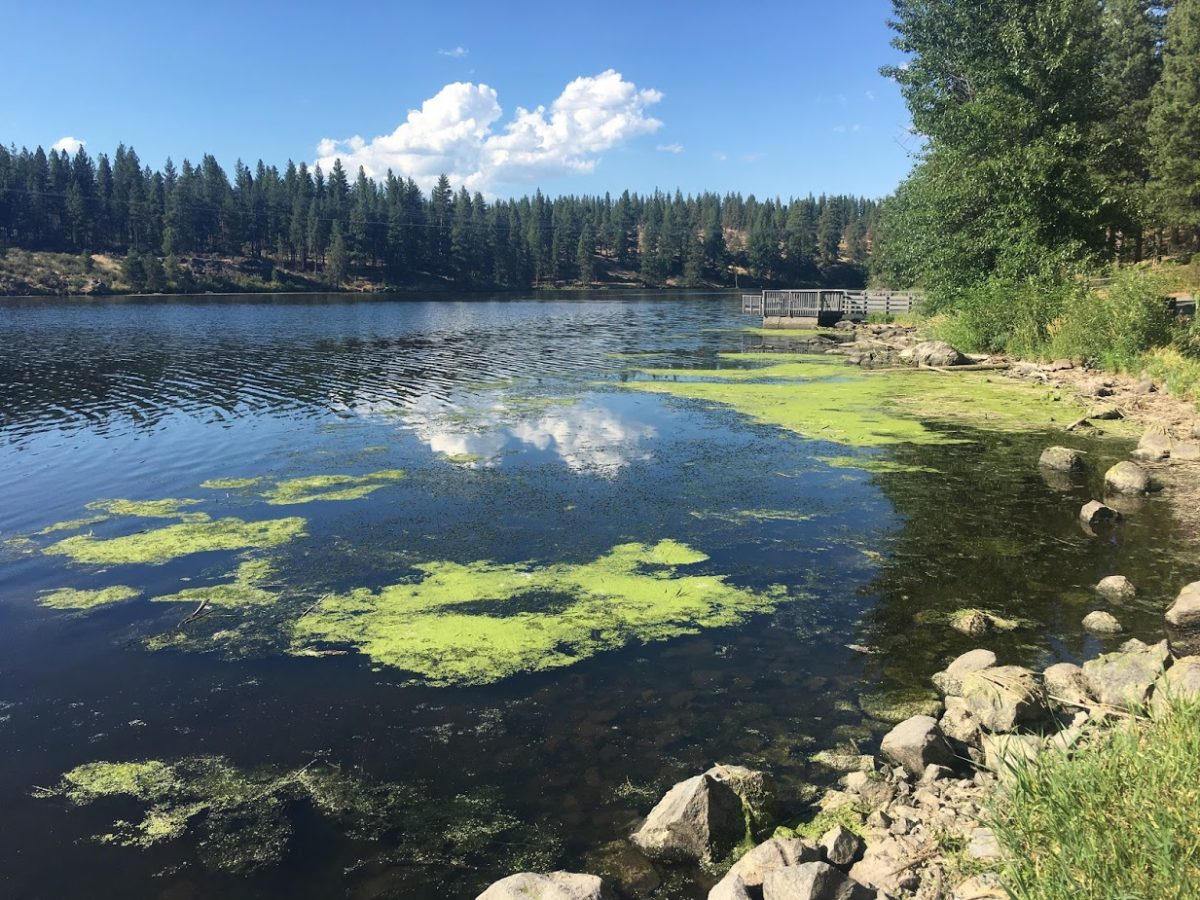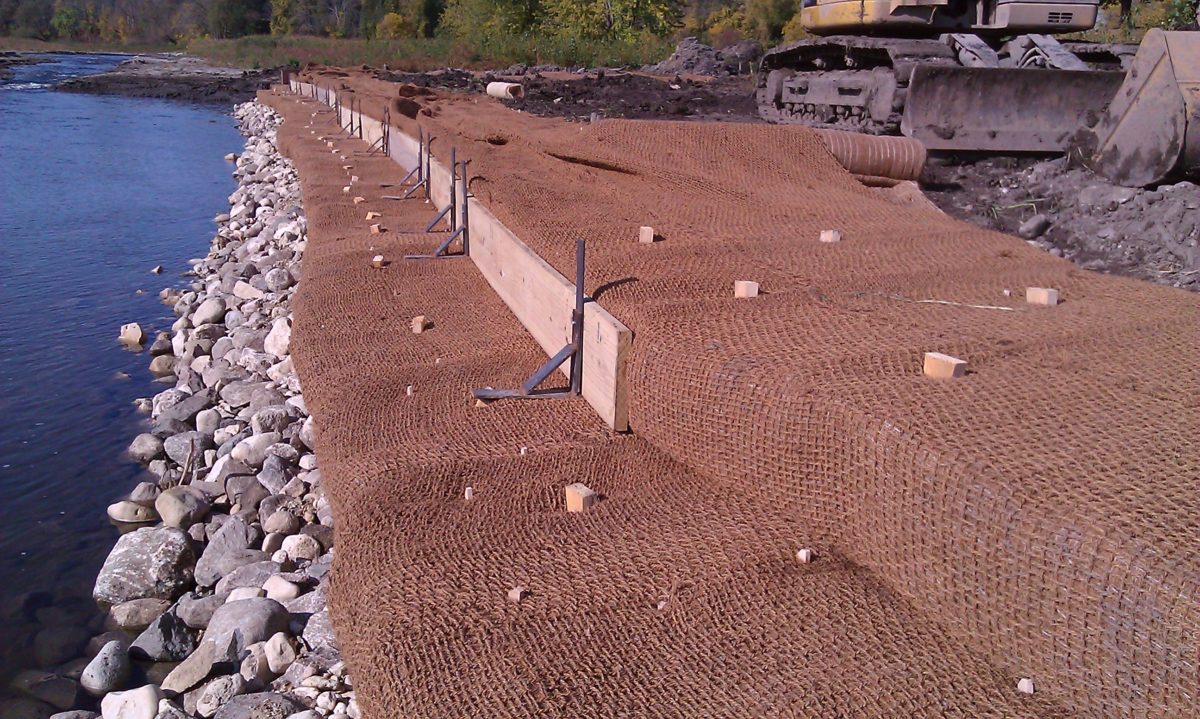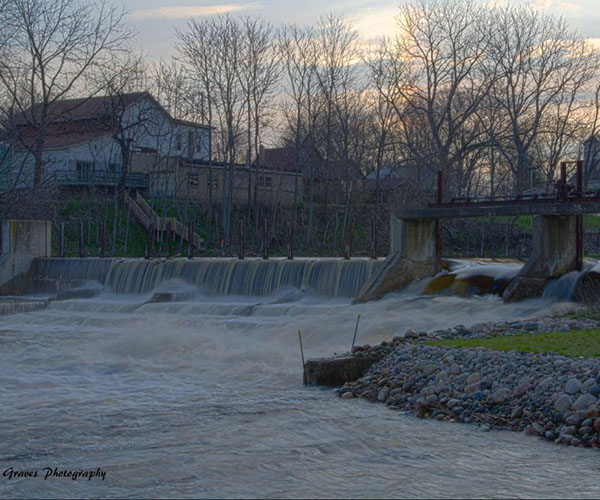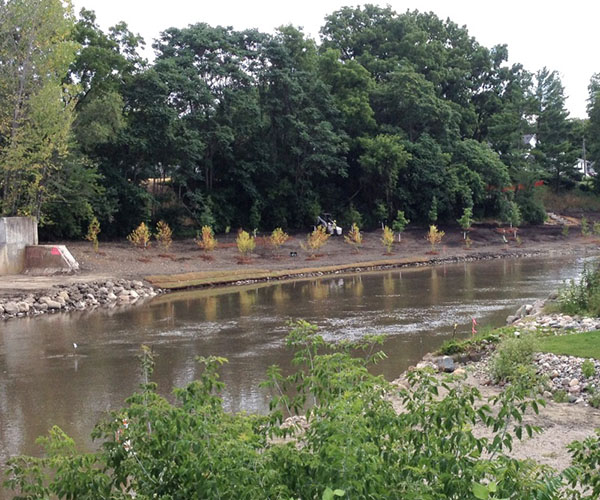Dam Removal
Restoring at Scale
Dam Removal & River Restoration
Of the nation’s 84,000 dams, close to 70% have reached the “obsolescence” phase. As owners and communities consider removing them, one question becomes “How can free-flowing rivers be restored, with the highest benefits and lowest risk?”

Dams are complex, and must achieve a tenuous balance between their intended function and natural resource issues.
Fish passage and water quality problems are common. Older dams simply didn’t have today’s level of scrutiny on impacts to ecosystems or tribal resources.
These issues are compounded when the costs of maintenance and relicensing are considered. As dams approach obsolescence, they require more maintenance, repair, and upkeep.
Dam removal is one of the next frontiers in responsible river management. Funding and stakeholder concerns are common, and RES can help navigate both, identifying viable alternatives for removal and restoration.
Ecologically sound approaches are viable at every scale.
For smaller dams, a “remove and restore” approach is possible, with straightforward ecologically sound deconstruction and river restoration techniques.
For larger-scale dams, RES partners with engineering firms to take on the full complexities in an integrated, highly planned operation that is backed by RES bonding and long-term stewardship.
RES’ expertise in salmonids and other anadromous fish species means we can help beyond dam removals as well – addressing fish barriers at smaller scales with projects that improve water flow and access to spawning habitat.

Before & After
Ceresco Dam Removal
Dam Removal & River Restoration Takeaways
Restoration Handbook |
Bonus Uplift from Scale |
|||
|
|
||||
Revegetate former reservoir footprintStabilize bank and any sediment left behindRe-establish tributariesMonitor downriver water and aquatic species health, with adaptive management as needed |
Reopening one “segment” of a dammed-up river can lift water quality far downstream, and across the watershedRe-opening tributaries has a positive multiplying effect on fish habitat |


